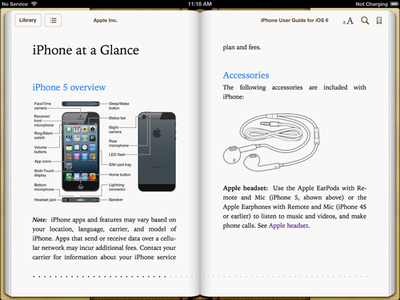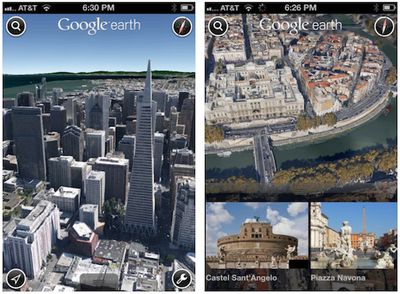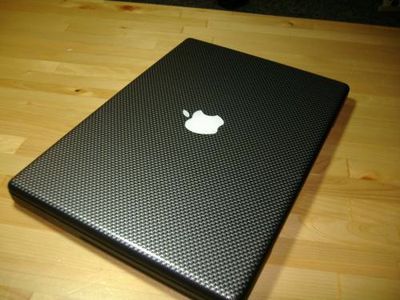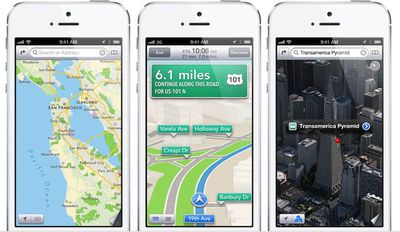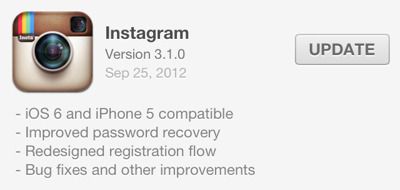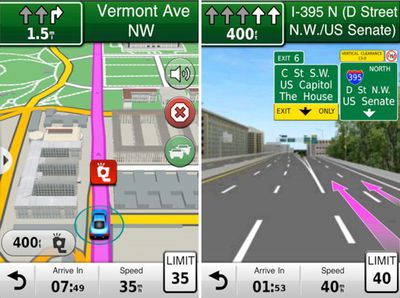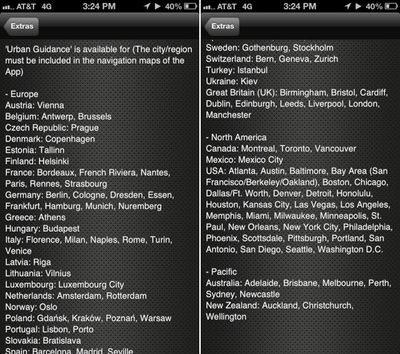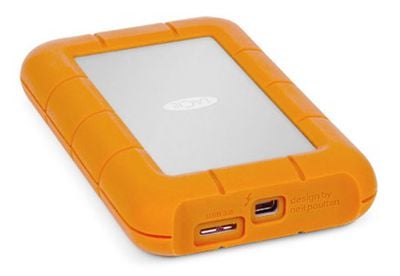Netflix has updated its iOS app to support iOS 6 and to provide support for the iPhone 5's 4" screen. The update also claims to improve the browsing, searching and watching experience.
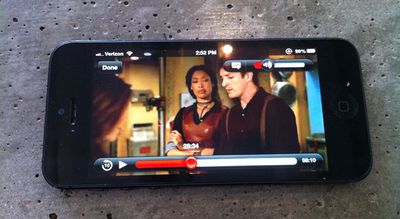
Support for the iPhone 5's taller screen is particularly useful in video/movie apps such as Netflix as it allows many widescreen movies to be viewed in their native aspect ratio. The Netflix app is a free download from the App Store [Direct Link] but requires a Netflix account.
Many popular apps are being quickly updated to support the iPhone 5's larger screen. Yesterday, Instagram was updated, and several iOS games have also seen updates.



 Camera+, the
Camera+, the 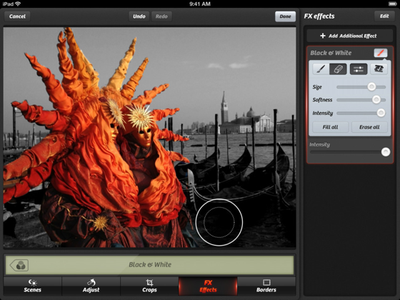
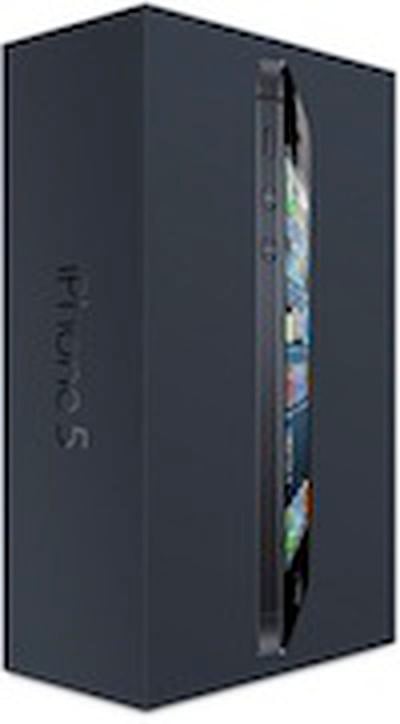 Apple is launching the iPhone 5 in
Apple is launching the iPhone 5 in 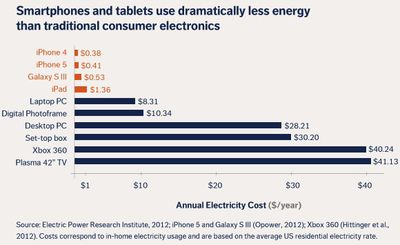
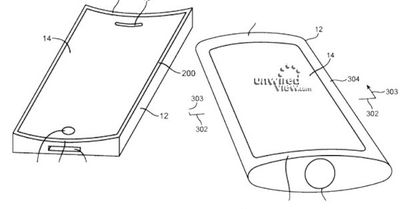
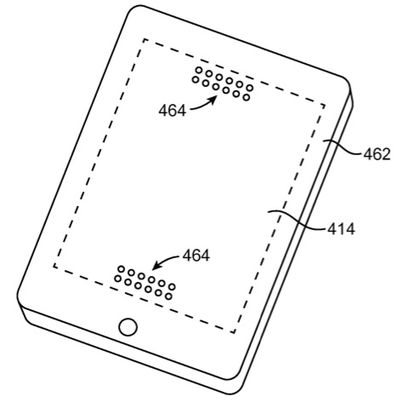
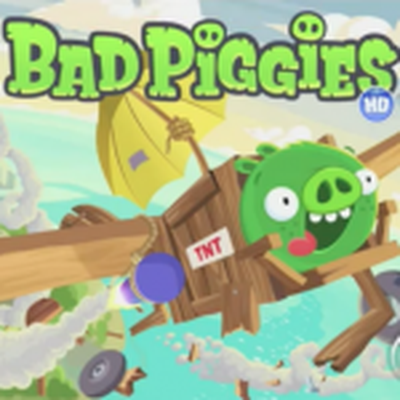 Our sister site TouchArcade
Our sister site TouchArcade 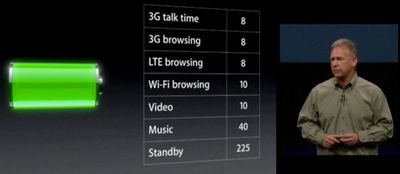

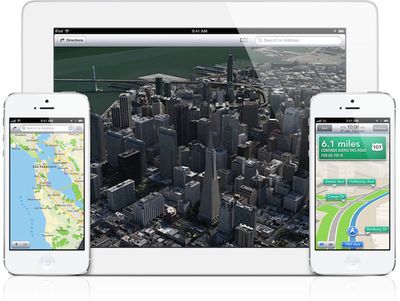
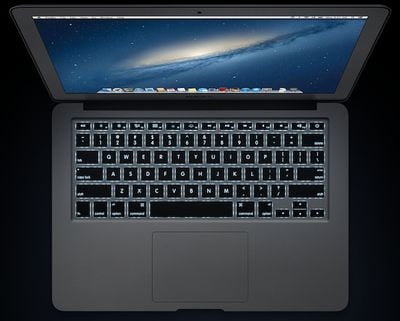
 The Dr. Seuss iOS apps -- digital, interactive versions of childhood classics like The Cat in the Hat and Green Eggs and Ham --
The Dr. Seuss iOS apps -- digital, interactive versions of childhood classics like The Cat in the Hat and Green Eggs and Ham -- 